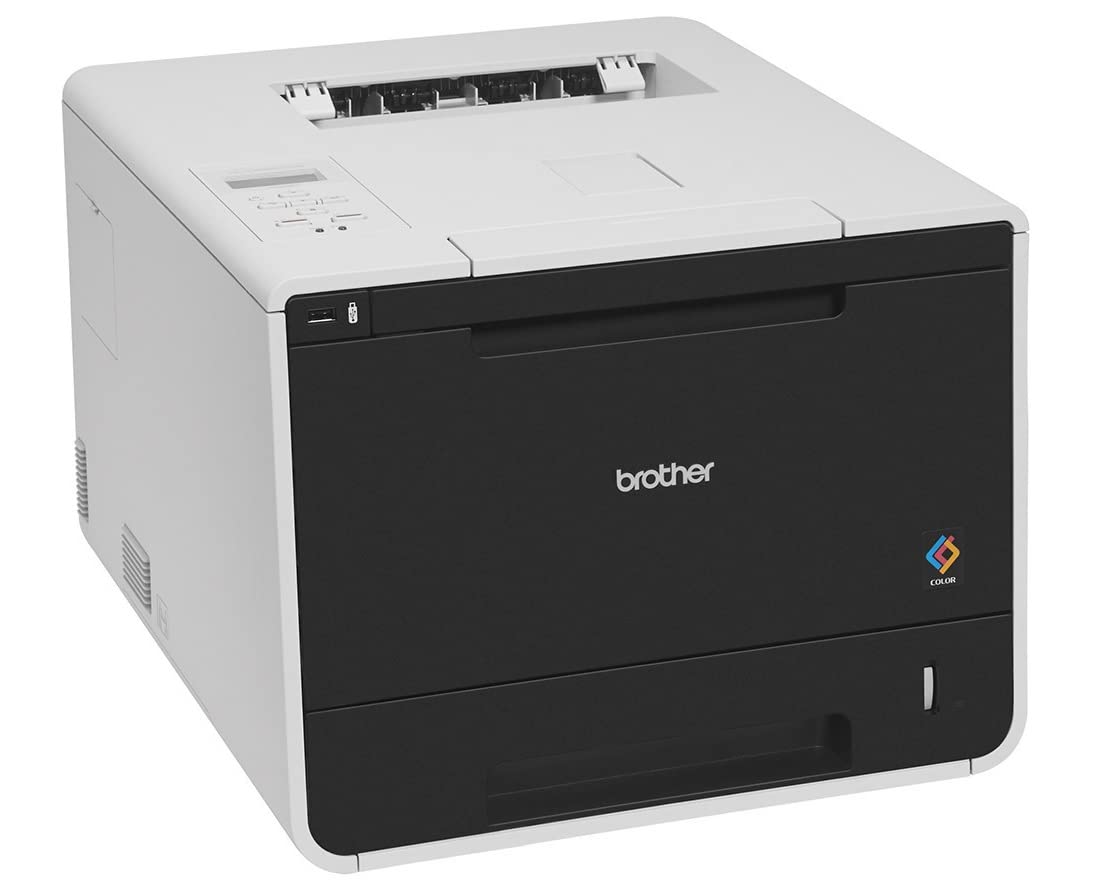Introduction
Locating the IP address of a printer is a crucial step in managing and troubleshooting printing issues. The IP address allows you to establish a connection between your printer and other devices on your network, ensuring smooth communication and efficient printing. In this comprehensive guide, we will explore different methods to find the IP address of a printer, discuss the importance of knowing this information, and provide step-by-step instructions for both Windows and Mac operating systems. Get ready to uncover the IP address of your printer and streamline your printing experience.
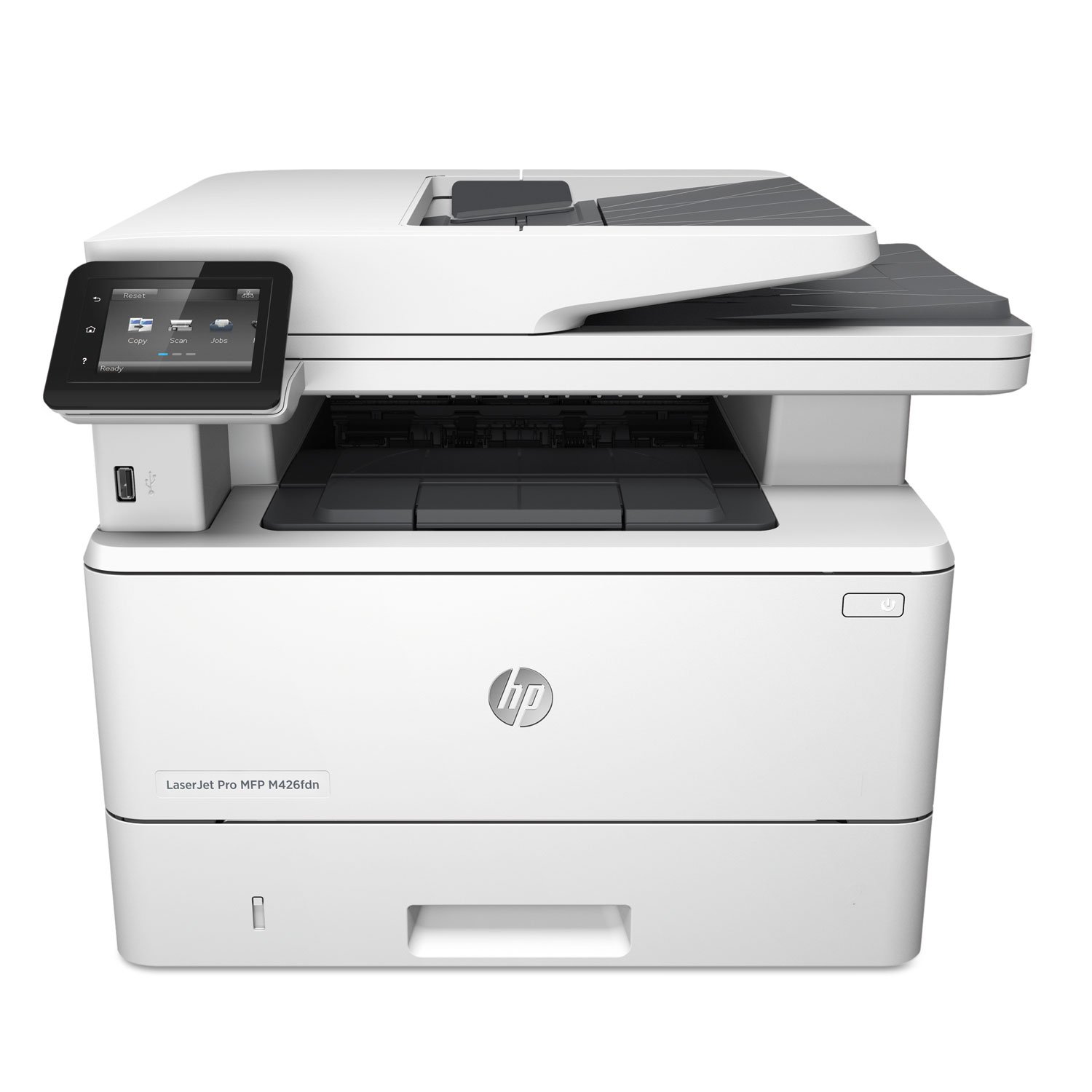
A Guide to Finding the IP Address of a Printer
I. Importance of Finding the IP Address
Understand the significance of knowing the IP address of your printer:
-
Network Connectivity:
- The IP address acts as the unique identifier for your printer on the network. Having this information allows you to connect your printer to multiple devices and print from anywhere on your network.
-
Troubleshooting:
- Knowing the IP address is essential for troubleshooting printing issues. It enables you to diagnose and resolve problems related to connectivity or configuration, ensuring uninterrupted printing.
-
Print Queue Management:
- Accessing the IP address allows you to monitor the printer’s queue, prioritize print jobs, and manage the overall printing workflow efficiently.
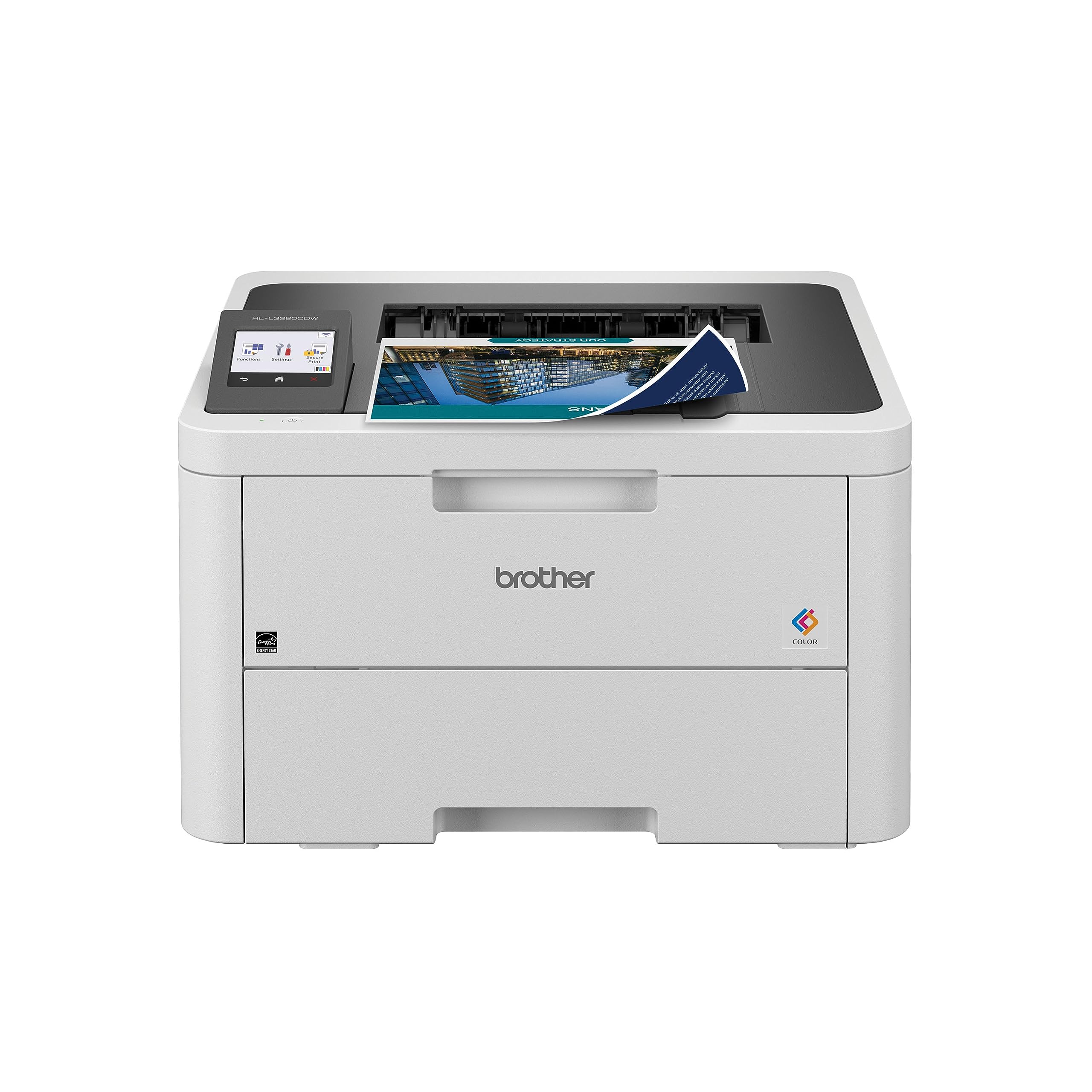
II. Finding the IP Address on Windows
Discover methods to find the IP address of a printer on a Windows operating system:
-
Printer Control Panel:
- Press the Windows key + R to open the Run dialog box. Type “control printers” without quotes and press Enter. Right-click on the printer icon and select “Properties.” In the Properties window, locate the printer’s IP address under the “Ports” or “Details” tab.
-
Command Prompt:
- Press the Windows key + X and select “Command Prompt” or “Windows PowerShell.” In the command prompt, type “ping printerhostname” without quotes and press Enter. The IP address will be displayed in the output of the ping command.
III. Finding the IP Address on Mac
Explore methods to find the IP address of a printer on a Mac operating system:
-
System Preferences:
- Click on the Apple menu and select “System Preferences.” In the System Preferences window, click on “Printers & Scanners” or “Print & Fax.” Select the printer from the printers list and click on the “Options & Supplies” or “Open Print Queue” button. The IP address will be displayed in the printer’s information window.
-
Network Utility:
- Click on the Spotlight search icon (magnifying glass) in the top-right corner of the screen. Type “Network Utility” without quotes and select the Network Utility application. In the Network Utility window, click on the “Ping” tab. Enter the printer’s hostname or IP address in the “Enter the network address to ping” field and click “Ping.” The IP address will be displayed in the output.
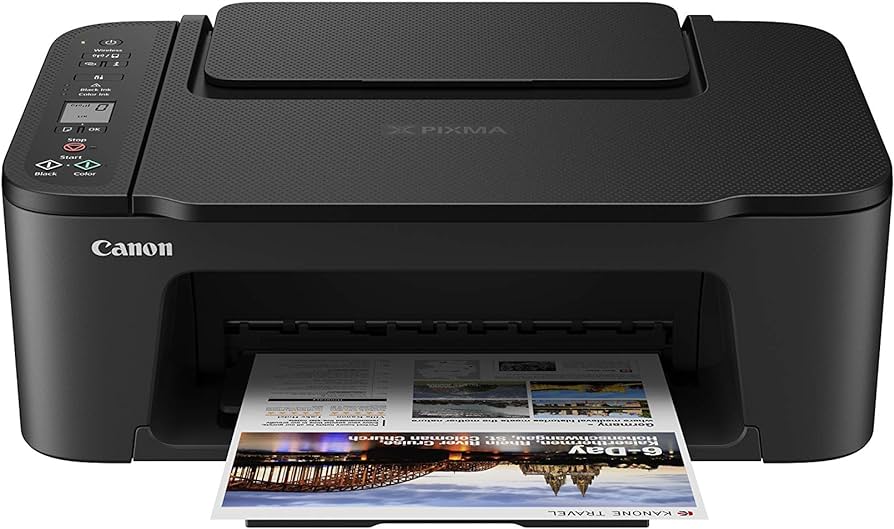
IV. Additional Tips for Finding the IP Address
Consider these additional tips to help you find the IP address of a printer:
-
Printer Documentation:
- Consult the printer’s user manual or documentation. Manufacturers often provide instructions for finding the IP address specific to their printer models.
-
Configuring the Printer:
- Access the printer’s configuration settings via a built-in display panel or web interface. Navigate through the settings to locate the IP configuration or network settings, where the printer’s IP address will be displayed.
-
Windows Control Panel:
- On Windows, you can also try accessing the printer properties through the Control Panel. Navigate to “Devices and Printers” or “Printers & Scanners,” right-click on the printer, and select “Printer Properties.” Look for the IP address under the “Ports” or “Details” tab.
-
Network Router Configuration:
- Access your network router’s administration interface by typing the router’s IP address into a web browser. Look for a section that lists connected devices or DHCP clients. The printer’s IP address should be listed alongside its hostname or device name.
V. Using IP Scanning Software
Utilize IP scanning software to locate the IP address of a printer:
-
Download and Install:
- Search for IP scanning software, such as Angry IP Scanner or Advanced IP Scanner, and download the appropriate version for your operating system. Install the software following the provided instructions.
-
Scan IP Range:
- Open the IP scanning software and enter the IP range associated with your network. Start the scan, and the software will search for active devices on the network. The printer’s IP address will be displayed in the scan results.
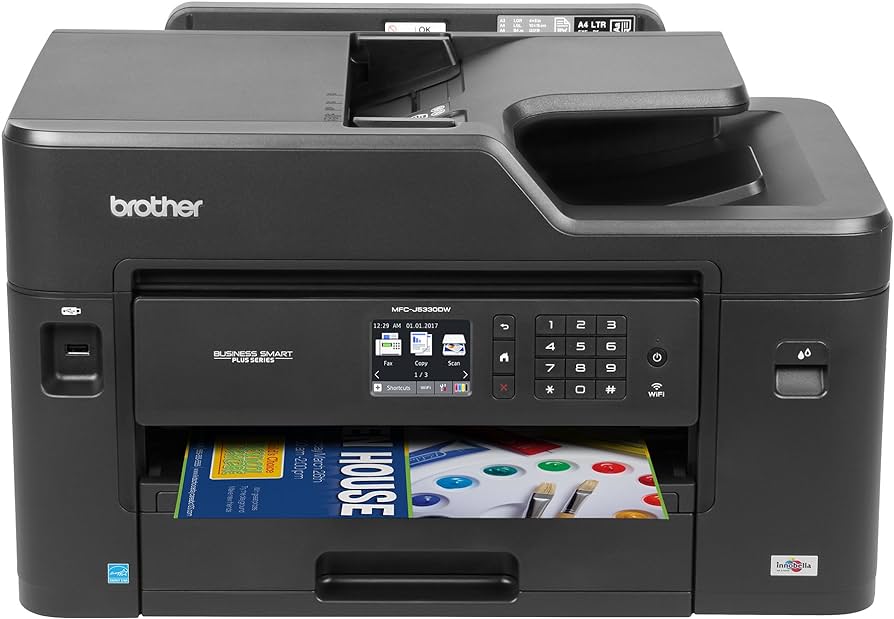
VII. Bonus: Assigning a Static IP Address
Consider assigning a static IP address to your printer for added convenience:
-
Benefits of a Static IP:
- While most printers obtain IP addresses automatically via DHCP (Dynamic Host Configuration Protocol), assigning a static IP address ensures that the printer always has a consistent and permanent address on the network. This simplifies the process of locating and connecting to the printer.
-
Accessing Router Settings:
- Access your network router’s administration interface by typing the router’s IP address into a web browser. Login using your router’s admin credentials. Consult the router’s manual or online documentation if needed.
-
IP Address Reservation:
- Within the router’s settings, locate the DHCP or LAN settings section. Look for an option to reserve an IP address or create a DHCP reservation. Assign the printer’s MAC address and the desired IP address to create a reservation. Save the settings and restart your router if necessary.
-
Configuring the Printer:
- With the reserved static IP address set in your router, proceed to the printer’s configuration settings via the built-in display panel or web interface. Navigate to the network settings and select manual or static IP configuration. Enter the reserved IP address, subnet mask, gateway, and DNS server values. Save the settings and restart the printer if needed.
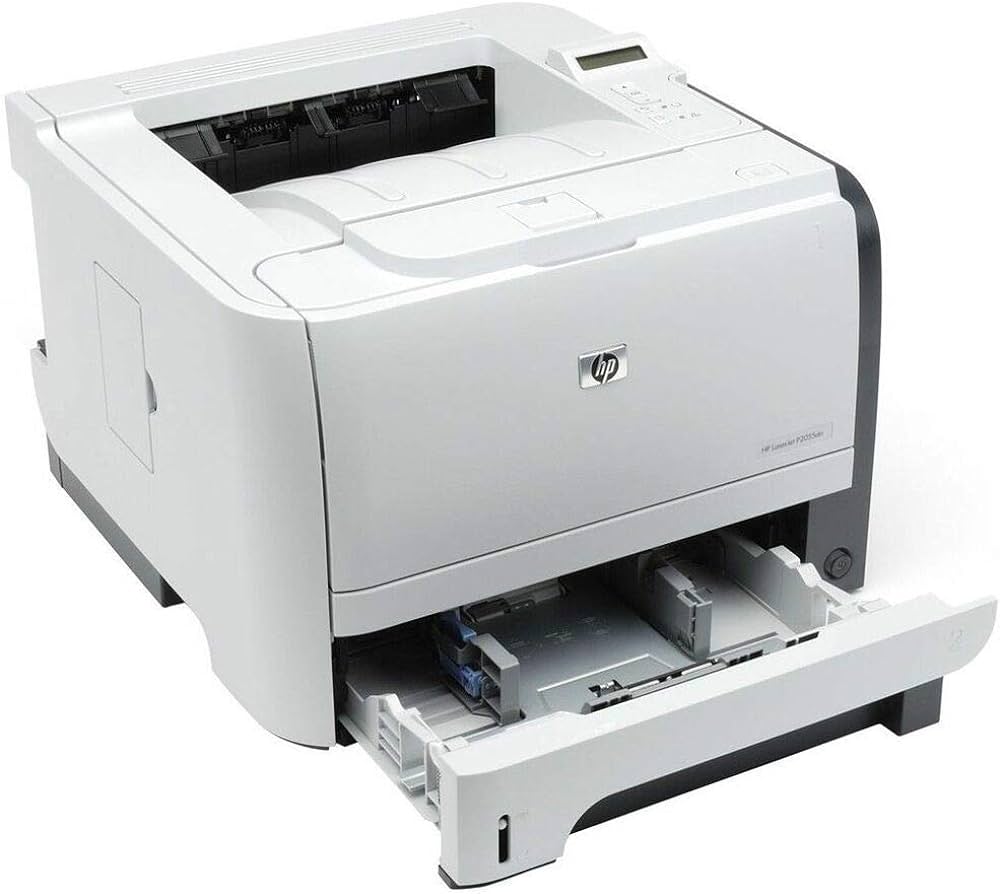
VI. Conclusion: Empowering Efficient Printing
Locating the IP address of your printer is a vital step in managing and troubleshooting printing issues effectively. This guide has provided different methods for finding the IP address on both Windows and Mac operating systems, including using printer control panels, command prompts, system preferences, and network utilities.
By knowing the IP address of your printer, you can establish smooth network connectivity, diagnose and resolve printing issues promptly, and manage print queues efficiently. Remember to consult printer documentation, configure printer settings, and utilize IP scanning software to simplify the process of finding the IP address.
Empower yourself with the knowledge of your printer’s IP address, and enjoy streamlined and efficient printing experiences on your network. With the IP address at your fingertips, you can confidently navigate the world of printing and ensure optimal performance every time.

